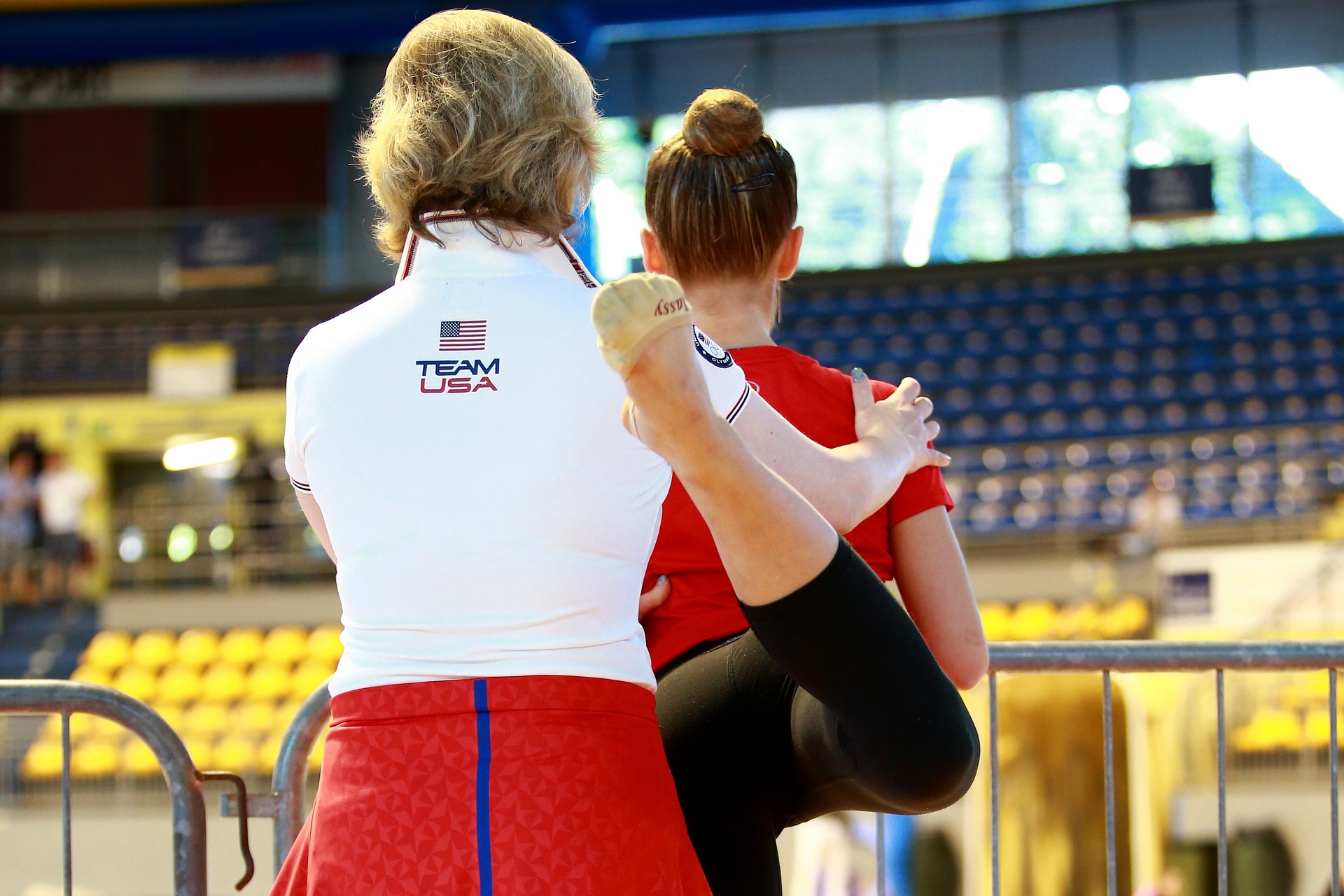Mental health frameworks for competitive and recreational participants
Effective mental health frameworks for competitive and recreational participants blend practical resources, inclusive design, and measurable evaluation. This article presents structured approaches that incorporate analytics, accessibility, engagement strategies, and governance to support wellbeing across ages and disciplines, including considerations for travel, youth, wearables, esports, diversity, and climate-related disruption.

Mental health support for both competitive and recreational participants should be systematic, evidence-informed, and adaptable. A practical framework balances prevention, early identification, and access to care, while respecting privacy and autonomy. It incorporates data where useful, but prioritizes human judgment and culturally responsive practices. Programs that integrate education, peer support, coaching resources, and clear referral pathways create safer environments and reduce stigma, making it more likely participants at all levels will seek help when needed.
How can analytics improve mental health support?
Analytics can reveal patterns in training load, sleep, mood tracking, and participation that suggest heightened risk of stress or burnout. When used ethically, aggregated analytics guide scheduling, resource allocation, and targeted educational outreach. Critical safeguards include informed consent, data minimization, anonymization, and participant control over their data. Analytics are a tool to inform decisions, not to replace clinical assessment; they should prompt check-ins and supportive adjustments rather than punitive measures that could worsen outcomes.
How to ensure accessibility and promote diversity?
Accessibility means removing barriers to services across physical, digital, linguistic, financial, and cultural dimensions. Offer multiple access routes: in-person counseling, telehealth, translated materials, sliding-scale fees, and community partnerships. Diversity efforts should embed culturally responsive care, anti-discrimination policies, and diverse staffing or referral networks. Accessibility and diversity planning must include outreach to underrepresented groups and remove assumptions about who will participate, ensuring frameworks are equitable and inclusive for participants with disabilities, different backgrounds, and varied schedules.
How does engagement influence participant wellbeing?
Engagement—measured by attendance, voluntary participation, perceived enjoyment, and social connection—supports mental health when activities align with participants’ needs and motivations. For recreational participants, emphasis on mastery, play, and social bonding reduces pressure. Competitive participants benefit from structured mental skills training, mentorship, and opportunities to voice concerns. Tracking engagement trends can identify when participants withdraw or experience excessive pressure, enabling timely adjustments to workload, expectations, or support services to protect wellbeing.
How can wearables and esports be integrated responsibly?
Wearables provide objective indicators such as sleep duration, heart rate variability, and activity patterns that complement self-report measures. Integrate devices only with transparent consent, clear data governance, and strict privacy protections. In esports, mental health frameworks must address prolonged screen time, sedentary behavior, and performance anxiety tied to online interactions. Tailor interventions to these contexts by combining ergonomic guidance, scheduled breaks, mental skills coaching, and community-moderation practices to reduce toxic dynamics that harm wellbeing.
How to support youth across travel and climate challenges?
Youth participants need age-appropriate supports involving caregivers, coaches, and schools. Programs should prioritize safe coaching practices, psychoeducation on coping strategies, and simple pathways for reporting concerns. Travel demands and climate-related disruptions (extreme weather, cancellations) can destabilize routines; build contingency plans such as remote sessions, local backup resources, and flexible scheduling. Maintaining consistent communication with families and ensuring access to local services mitigates the stressors that arise from frequent travel or environmental disruptions.
How should governance and sustainability guide programs?
Governance structures set policy, accountability, and resource allocation for mental health initiatives. Good governance includes stakeholder representation from participants, coaches, clinicians, and administrators to ensure policies are practical and fair. Sustainability involves embedding mental health into organizational strategy, securing ongoing funding, training staff, and evaluating impact. Consider environmental sustainability when planning travel-heavy schedules and align policies to reduce unnecessary travel while preserving opportunities for competition and community cohesion.
Conclusion
Robust mental health frameworks for competitive and recreational participants combine ethical use of analytics, accessible services, engaged program design, responsible use of wearables, youth-centered practices, and governance that supports diversity and sustainability. Addressing travel and climate-related challenges as well as the needs of emerging disciplines such as esports makes frameworks more resilient and better suited to protect wellbeing across levels of participation.





